3D Rendering Pricing Guide | What Should a Render Cost?
WHAT SHOULD 3D RENDERING AND ARCHITECTURAL VISUALIZATION SERVICES COST?
About our 3D Rendering Pricing Guide
3D Rendering pricing can be a very confusing space. Prices can range from $99 to $10,000 per image. This guide aims to demystify the pricing of 3D rendering services. For more information on RealSpace 3D's Architectural Rendering Service pricing, feel free to reach out directly with any questions or for a comprehensive quote on your next project.
Types of 3D Rendering Services
The single most significant factor when it comes to determining the cost of your 3D Rendering project is the type of rendering service you choose. There is a big difference between rendering a small home and a High Rise Tower. If you are unfamiliar with the service types below, we suggest you visit our service pages for more information regarding your specific project. These pages will help you understand the types of projects that fall into each category.
Types of 3D Rendering and General Pricing

Interior Residential Rendering
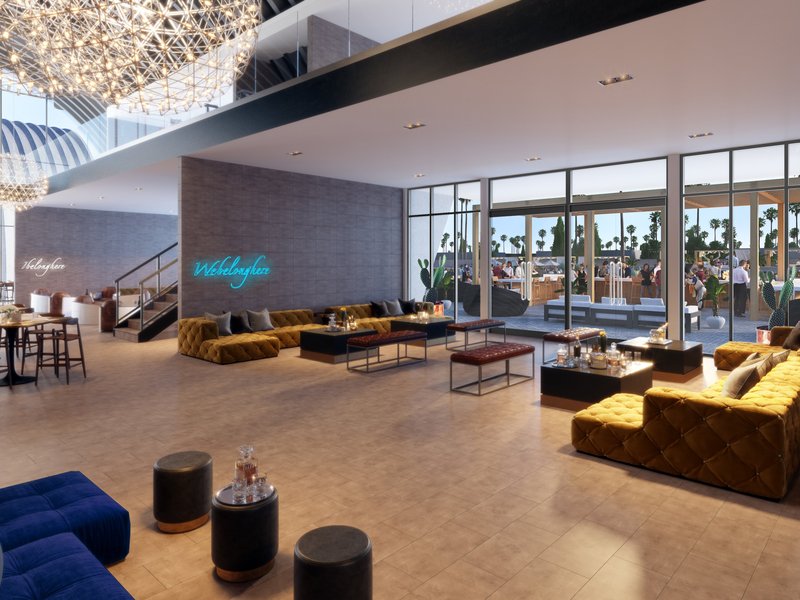
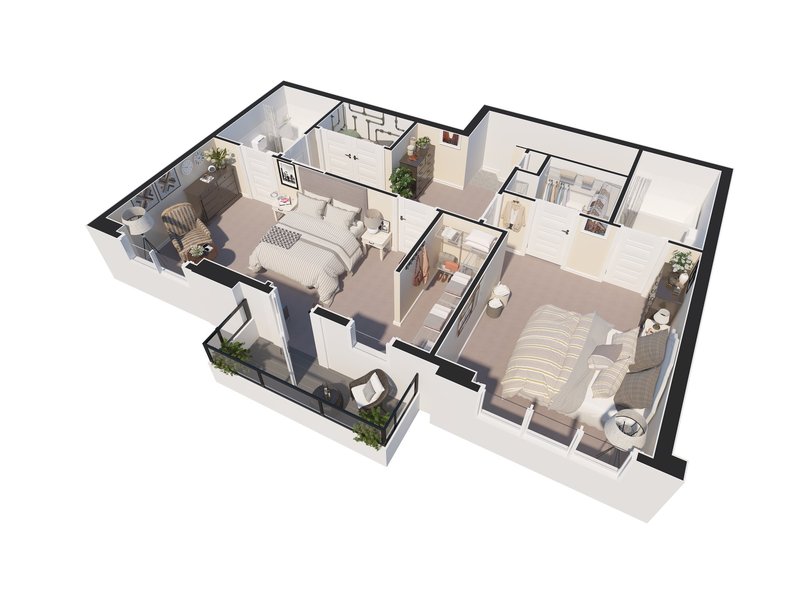

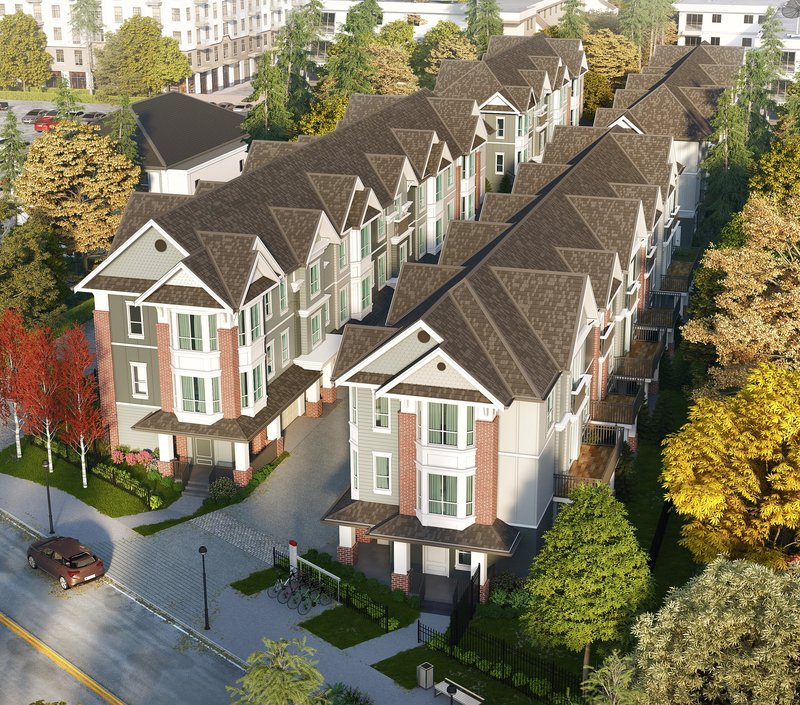
Commercial Interior Space/ Amenity Area Rendering
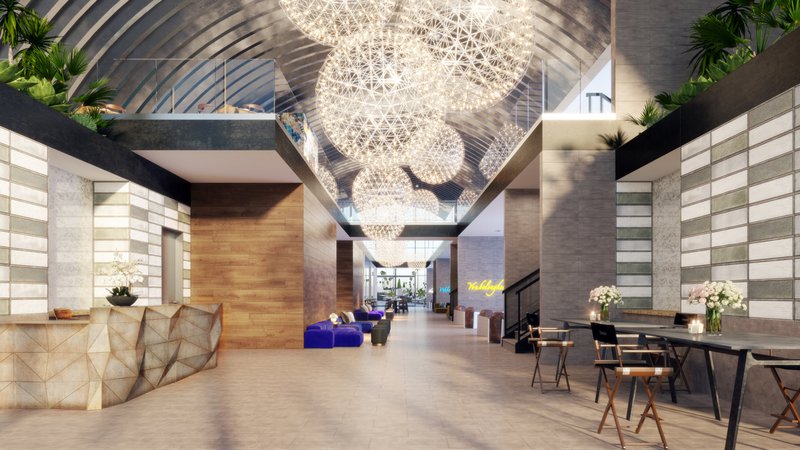

Price Range: $10,000 - $16,000 per minute
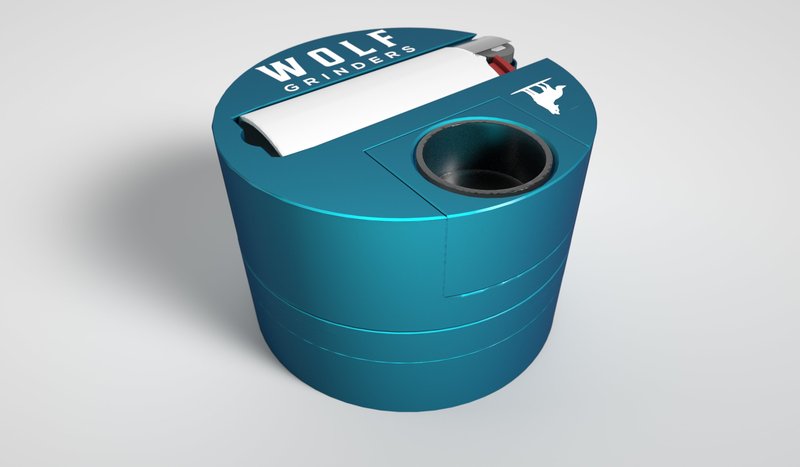
Pricing Strategies - Per Image or Per Project
1.) Per-image pricing
With per-image pricing, you are charged a fixed price for each rendered image or a scalable price depending on the number of renders you decide to purchase. This pricing model works well for smaller projects.
For example, if you need a basic residential house exterior rendering, the differences from one project to another are not significant.
Due to this, rendering companies may be able to charge a flat rate for all these types of renders.
Scalable per-image pricing: Often, the cost to render one image is slightly higher per image than if you choose to purchase multiple images. The reason for this is that the initial setup for one rendering can be quite intensive. Once this setup is complete, the rendering process becomes much more manageable.
2.) Per-project / Per-scene pricing
For this type of pricing, you generally provide the details of your project to a company, and they send you a customized quote based on your needs.
This pricing model is more typical for larger-scale 3D rendering projects that include several different elements, such as web design, animation, 3D floor plans, and multiple rendered images.
When requesting a quote for a large-scale project, you should inquire about volume discounts.
Different 3d Architectural Rendering Price Points – $99 to $10,000 what is the difference?
Bottom Of The Barrel – Cheapest 3D Rendering Pricing: $99-$200 Per Image - buyer beware
With the availability of 3D rendering technology worldwide, the cost associated with 3D rendering can vary drastically. Many architectural rendering firms in less developed countries can offer cheap options for creating 3D images by taking advantage of more relaxed regulations and cheap labor.
However, working with 3D firms overseas can pose some problems, including language barriers, time zone issues, and stylistic differences. In general, the final quality tends to be lower. This is not to say that there aren't amazing 3D artists all over the world, but many of these firms offering bottom-of-the-barrel pricing focus more on quantity rather than quality.
Getting architectural images created by a company offering prices ranging from $99 to $200 per image should be reserved for situations where the project's purpose is merely conceptualizing ideas and designs for a personal project. Many of our clients have previously tried their luck with the low-end pricing option, only to realize that "you get what you pay for" and have ended up coming to us.
Times when the cheapest pricing is best:
When the budget for the project is the primary concern, and final quality and personal time spent micro-managing the project are not issues.
Things to watch out for:
- Look for misleading portfolios:
- Do the images resemble realistic client projects or were they created solely to make the portfolio look good?
- Are there only 5 or 6 nice renders followed by many poor-quality renders?
- Are there only small images that can't be expanded?
- Check for fine details:
- Soffits
- Nice appliances
- Detailed windows
- Landscaping
- Trim
- Siding
- Nice interior design and detailed furnishings
- Be aware of possible hidden costs:
- Do they charge extra for higher resolution images?
- What are the charges for additional revisions?
- What is their hourly rate?
- Consider the experience and credibility of the company:
- How long have they been in business?
- Do they have a physical address?
- Do they have genuine reviews?
- Will this company respect your timelines?
- Trust your instincts:
- Does something feel "off" or "too good to be true"?
BASIC 3D RENDERING PRICING: $300-$400
This price range generally represents a step up from the bottom-of-the-barrel pricing bracket, as it typically offers a more professional experience. Most projects in this price range are outsourced but should be professionally managed by someone local or with exceptional language skills.
At RealSpace 3D, projects in this price range are managed locally by experienced 3D artists who can make modifications to the 3D files or instantly correct mistakes in Photoshop. We work with talented contractors with whom we have established long-term relationships. This allows us to maintain exceptionally high quality while offering competitive pricing.
One of the best applications for this type of rendering project is a basic exterior house render.
TIMES WHEN LOW-END PRICING IS BEST:
- When the project's budget is the primary concern, and the final quality needs to be very good but doesn't have to be top-tier
- For gaining approval from regulatory bodies, basic style planning, or real estate presale
- These services are excellent for architects, realtors, home builders, and real estate marketing agencies
- When you're a homeowner looking to plan out your DIY renovation
THINGS TO WATCH OUT FOR:
- Do they have an extensive portfolio with projects that resemble real clients' work?
- How long have they been in business?
- Will language and design style be an issue?
- Do they offer any additional quality beyond the "bottom of the barrel" pricing option, or are they simply priced higher?
Here's a quality example of our 'Basic Pricing' Residential Renderings :
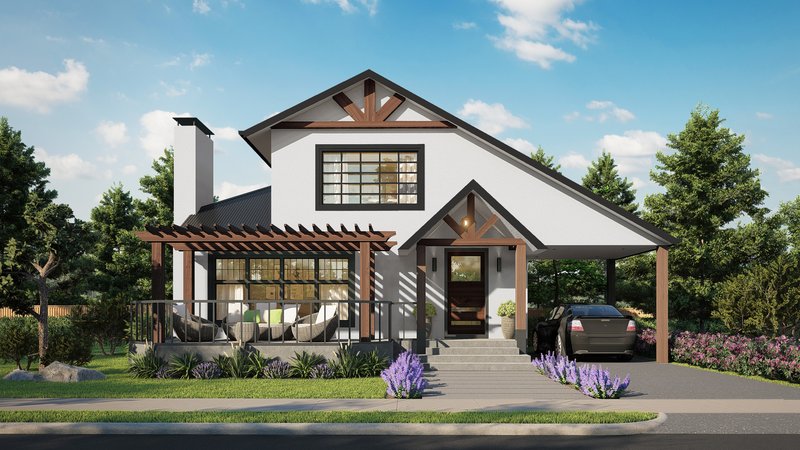
MID LEVEL 3D RENDERING PRICING $400-$3000
Mid Level pricing is the most common option for developers, architects, real estate agents, and designers working on high-end homes and medium to larger-scale rendering projects - such as townhouse renders . This level of quality and price is the bread and butter of RealSpace3D. We focus on creating great images without exhausting your entire marketing budget.
For the average customer, it can be challenging to differentiate between an "alright" render and a "great" render without having a direct comparison. The best way to judge render quality is to visit a site like rew.ca and compare your direct competitors' renderings with the company you're considering. At the very least, you should be able to say that the images from the company you're considering are on par or even better.
TIMES WHEN MID LEVEL PRICING IS BEST:
- When you need your project to stand out among the rest
- For professionals:
- Architects
- Developers
- Real Estate Agents
- Marketers
- Designers
- The purpose of the render is for sales, design planning, regulatory approval, or conceptualization
- A few hundred dollars is not a lot in the big picture:
- Could more impressive imagery help you sell faster?
- Could it convince a client or regulatory board to proceed?
THINGS TO WATCH OUT FOR:
- Can the company justify its higher price point over a lower-end render?
- Do they appear knowledgeable and professional?
- Will the company provide images similar to what they advertise?
- How long have they been in business?
- Do they have testimonials and/or reviews?
- Do they meet or exceed the rendering quality of your competition?
- What is their turnaround time?
- Are they local? Are they available for phone conversations to explain their services?
Here's a quality example of RealSpace3D's "Mid Level Pricing" Renderings:
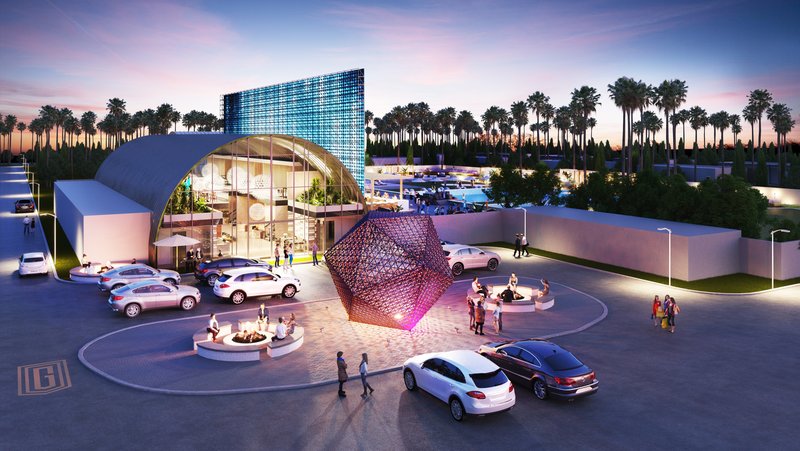
HIGH-END 3D RENDERING PRICING – MOST EXPENSIVE: $3000-$14,000+
High-End 3D rendering pricing is usually sought by large established corporations where value is essential, but top-tier quality takes priority. These renders are not for everyday clients as most budgets do not allow for the more extravagant pricing. However, when marketing a new highrise development or super mall, branding and perception play a massive role. Tens of thousands of dollars on a 100 million dollar project are just a drop in the bucket, especially when these images could be responsible for hundreds of pre-sales or be the difference between approval and rejection.
One of the standard benchmarks used when describing how a client would like their marketing images to look is "I want this rendering to look like the Apple of (insert their niche)". However, what is often not mentioned when referring to Apple's marketing is the team of experts and countless revisions it took to reach that level, not to mention the high price tag. However, the money invested in high-quality branding seems to have worked out quite well for companies like Apple.
Times when high-end pricing is best:
- You are a top professional and want to work with top professionals.
- Spending tens of thousands is not going to break the budget.
- The purpose of the render is for sales, design planning, regulatory approval, or conceptualization on a grand scale.
- If you're an architect, developer, real estate agent, or designer, but your project needs to turn heads and be the best by a wide margin.
- When you're willing to pay to work with the best companies in the industry.
Things to watch out for:
- Can the company reasonably argue that they are one of the best architectural rendering companies in your city, country, or the world?
- Have they worked on large landmark projects?
- Can you see a noticeable jump in quality and service that justifies the price?
- Have they collaborated with some of the top brands in the industry before?
- Do they offer any guarantees associated with their render quality or turnaround time?
- Who are the rendering company's clients?
- Top local and international companies?
- Do they have testimonials or reviews?
- Are they willing to connect you with one or more past clients as references?
Are You Still Confused? Questions? Do you have suggestions for this guide?
Please feel free to reach out to us. We are always happy to hear from people. You Can Email us at info@realspace3d.com or for more contact options see our contact page .
The Two Main Factors That Affect 3D Rendering Pricing
1.) 3D Rendering Jobs
The main cost of a 3D rendering is the labor required. Generally, three professionals are involved in a 3D rendering project:
- Project Manager
- 3D Artist
- Post Processing / Photoshop Artist
Among these, the 3D Artist plays the most significant role and is the primary focus of our cost estimation.
What does the 3D Artist do in the 3D Rendering Process?
In order to create a render, a 3D artist needs to:
- Understand the plans and the client's vision.
- Create the model using 3D software .
- Texture the model .
- Set up the lighting.
- Set up the camera.
For more detailed information on these steps, please refer to our 3D rendering basics guide .
What increases the 3D Artist's labor costs?
The labor involved in a 3D render is not as straightforward as one might think. Skilled 3D artists can create highly detailed scenes in a short amount of time using the tools at their disposal. On the other hand, seemingly simple scenes might take much longer to create.
For example, creating a large and accurate aerial view of a forest can be done quickly using public topographical data and automated processes. However, modeling a single piece of equipment, such as an electronic device with complex circuit boards and wiring, according to exacting standards, could take several days or even weeks.
In many cases, the process can be expedited by utilizing items from our libraries, such as furniture, cars, people, and finishes. The main factors that affect labor costs are the level of detail and the number of unique elements required.
Post Processing on 3D Renders Labor Costs
Once a 3D render is complete, most studios employ a Photoshop artist or graphic designer to touch up the image. Post-processing can be a minor or major part of the process. Some studios render a basic scene and then do most of the detailing in Photoshop. However, we take a more minimal approach to post-processing. While a studio could opt for no post-processing, there is usually some color tweaking or touch-ups required.
2.) Rendering Time
Rendering time refers to the amount of time it takes for a computer to create your image. The rendering time is directly related to the realism and level of detail required in the image. However, there are various techniques to add detail without significantly increasing rendering time.
As a consumer, you shouldn't worry too much about rendering time; that is the job of the rendering company! We provide the following information to help you understand why some projects may cost more and take longer than others.
What increases rendering time?
Depending on the rendering software, the number of light sources can sometimes have a significant impact on rendering times. As a result, exterior scenes often render quickly. Another factor is the level of detail in the scene, often referred to as poly-count, which indicates the number of polygons used to model the scene. For more information, you can check out Wikipedia's 3D modeling page here .
A common element that significantly increases detail, and therefore rendering time, is foreground vegetation. However, background vegetation can be optimized using billboards or sprites. You can learn more about this technique here . Additionally, curved surfaces often require more detail, leading to longer rendering times.
Reducing rendering times
The most effective way to reduce rendering time is to minimize the number of revisions by providing detailed plans and specific feedback. Each revision requires some or all of the image to be re-rendered, so fewer revisions result in less total rendering time. Reducing revisions can save you money in the long run. At RealSpace, we generally offer lower prices for returning customers with whom we can work efficiently.
Another significant factor in rendering times is the resolution used. This becomes more crucial when creating animations, but it can still affect rendering time for still images.
Hardware and software's effect on rendering time
With continuous improvements in computer hardware and changes in rendering software, rendering time for still images is becoming a less significant factor in pricing. However, rendering time for animations still plays a vital role in their production cost. You can learn more about our architectural animation services here .
Quality and Expertise
Quality plays a crucial role in 3D rendering as it directly impacts the final outcome and the impression it creates. It encompasses various aspects such as the level of detail, realism, lighting, textures, composition, and overall aesthetic appeal. Regarding 3D rendering, higher quality often translates to more realistic and visually appealing results.
However, the level of quality can vary across different price ranges. Lower-priced 3D rendering services may offer satisfactory results within a limited budget, but they may have complexity, detail, and realism limitations. These services often rely on pre-built assets, templates, or simplified techniques to streamline the process and reduce costs. As a result, the level of customization and uniqueness in the final renderings may be somewhat limited.
On the other hand, higher-priced 3D rendering services tend to provide a greater level of quality and attention to detail. These services typically involve more time, effort, and expertise in crafting custom-made assets, optimizing lighting and materials, and achieving higher photorealism. Skilled artists utilize advanced rendering software and techniques to create visually stunning renderings that closely resemble real-life environments or products.
The expertise and experience of the 3D artists involved in the rendering process significantly influence the pricing. Highly skilled and experienced artists deeply understand various rendering techniques, composition principles, and visual storytelling. They possess the knowledge and proficiency to create complex scenes, realistic materials, and intricate animations. Their expertise allows them to handle challenges effectively, optimize workflows, and produce high-quality results.
The pricing of 3D rendering services often reflects the expertise and experience of the artists involved. Artists with a strong portfolio, extensive industry experience, and a track record of delivering exceptional results may command higher rates due to the value they bring to the project. Their ability to understand and interpret the client's vision, attention to detail, and artistic sensibilities contribute to the overall quality and impact of the renderings.
It is important for clients to consider the expertise and experience of the 3D artists when selecting a rendering service provider. Reviewing portfolios, examining past projects, and evaluating testimonials or client feedback can provide insights into the quality of work that can be expected. While higher-priced services may require a larger budget, they often offer a higher level of expertise, customization, and attention to detail that can result in more impressive and impactful renderings.
Ultimately, the decision regarding the level of quality and expertise required should be based on the client's specific project requirements, budget constraints, and desired outcomes. Striking the right balance between quality and cost is essential to ensure that the final renderings meet the client's expectations and effectively serve their intended purpose.
Value of 3D Rendering
The value of 3D rendering and architectural visualization services cannot be overstated when it comes to architectural projects, real estate marketing, and design planning. These services offer numerous benefits that contribute to better project outcomes and a higher return on investment (ROI).
One of the key benefits of 3D rendering is its ability to bring designs to life before they are built. With 3D rendering, architects, designers, and developers can visualize and communicate their ideas effectively. They can create realistic, immersive, and detailed representations of architectural spaces, interior designs, landscapes, and urban environments. This visual clarity helps clients and stakeholders to better understand the project, make informed decisions, and provide valuable feedback at an early stage.
3D rendering enables a comprehensive exploration of different design options for architectural projects. It allows architects to experiment with various materials, colours, textures, and lighting conditions, helping them refine the design and make well-informed choices. By visually presenting these options, clients can actively participate in the design process, ensuring that their preferences and requirements are accurately incorporated into the final design.
In the realm of real estate marketing, 3D rendering plays a crucial role in showcasing properties and attracting potential buyers or investors. High-quality renderings can effectively communicate a property's architectural vision and potential. They allow prospective buyers to envision themselves in the space, understand the layout, and assess the overall aesthetic appeal. This visual marketing tool helps generate interest, create an emotional connection, and increase the likelihood of a successful sale.
Investing in high-quality rendering can significantly impact the success of a project and the ROI. Realistic and visually appealing renderings enhance the project's presentation and marketing materials, making them stand out in a competitive market. They create a positive impression, instill confidence in potential buyers or investors, and differentiate the project from others. The ability to effectively convey the design intent and the property's unique selling points can lead to increased sales, higher property values, and improved market positioning.
Furthermore, high-quality 3D rendering can also save time and costs during the design and construction phases. By allowing design issues to be identified and resolved early on, rendering helps prevent costly errors and modifications during construction. It aids in identifying potential conflicts, optimizing spatial arrangements, and improving overall project efficiency. This reduces the risk of delays and budget overruns and enhances the quality and functionality of the final built environment.
In summary, 3D rendering and architectural visualization services provide immense value to architectural projects, real estate marketing, and design planning. They enable effective communication, facilitate design exploration, enhance marketing efforts, and contribute to better project outcomes. Investing in high-quality rendering allows clients to make informed decisions, attract potential buyers or investors, differentiate their projects, and achieve a higher ROI. The visual clarity and realism provided by 3D rendering greatly contribute to the success of architectural ventures and play a pivotal role in the overall project's success.
General Client Considerations
When considering their budget for 3D rendering services, clients should consider several factors. Here are some key considerations to help them make informed decisions:
- The complexity of the Project: The project's complexity plays a significant role in determining the budget for 3D rendering services. More complex projects with intricate details, extensive animations, or large-scale environments may require more time and resources, leading to higher costs. Clients should assess the complexity of their project and factor it into their budgeting process.
- Level of Detail and Realism: The desired level of detail and realism also influences the cost of 3D rendering. High-quality, photorealistic renderings often require more time, expertise, and computational resources, leading to higher costs. On the other hand, simpler renderings with less intricate details may be more cost-effective. Clients should consider the level of detail and realism they require and balance it with their budgetary constraints.
- Project Deadline: The timeframe for completing the project can impact the cost of 3D rendering services. Tight deadlines may require additional resources and expedited workflows, which can result in higher costs. Clients should communicate their project deadlines to the rendering service provider and consider any potential rush fees or additional expenses associated with meeting those deadlines.
- Revisions and Iterations: Considering the number of revisions or iterations expected during the rendering process is essential. Revisions can add to the overall cost, especially if significant changes are requested after completing initial work. Clients should clearly communicate their revision expectations and discuss how revisions may impact the budget with the rendering service provider.
- Quality vs. Cost Trade-Offs: Clients should understand that there can be trade-offs between cost and quality in 3D rendering services. Lower-priced options might provide satisfactory results but may lack the level of detail, realism, or customization of higher-priced services. Finding a balance that meets the client's specific needs and budget is crucial. Assessing the portfolio, reputation, and previous work of rendering service providers can help clients gauge the quality they can expect at various price points.
- Obtaining Quotes and Comparing Services: To find a balance between cost and quality, clients should obtain quotes from multiple rendering service providers and compare their offerings. It's advisable to request detailed proposals that outline the scope of work, deliverables, pricing structure, and any additional costs. To make an informed decision, clients can evaluate these proposals based on their project requirements, budget constraints, and desired quality levels.
- Communication and Collaboration: Clear and open communication with the rendering service provider is essential throughout the project. Clients should establish a good rapport, discuss their project vision, and provide any necessary feedback promptly. Effective collaboration can ensure that the client's expectations are met within the agreed-upon budget.
By considering these factors, clients can navigate the decision-making process when determining their budget for 3D rendering services. It's important to strike a balance between cost and quality to achieve the desired outcomes within the allocated resources.
How Clients Can Reduce Rendering Costs
Reducing the costs of 3D rendering projects can be beneficial for clients, especially if they are working within a limited budget. Here are some tips to help clients minimize the costs of their 3D rendering projects:
- Define clear project requirements: Clearly outline your project requirements and objectives before starting the rendering process. This will help the 3D rendering service provider understand your needs and avoid unnecessary revisions or changes that can increase costs.
- Optimize the detail level: Determine the detail required for your project. While high levels of detail can enhance the realism of the rendering, they also increase the complexity and time required for rendering. By finding the right balance, you can save on rendering time and costs without compromising the overall quality.
- Provide comprehensive reference materials: Supply the 3D rendering service provider with detailed and accurate reference materials, including architectural drawings, 2D sketches, material samples, and reference images. This will minimize the time spent on revisions and ensure that the initial renderings align closely with your vision.
- Use pre-designed assets: Consider using pre-designed 3D models, textures, and materials that are readily available instead of creating everything from scratch. This can significantly reduce modeling and texturing costs and speed up the rendering process.
- Collaborate closely with the rendering team: Maintain open and regular communication with the 3D rendering service provider throughout the project. By promptly providing feedback, clarifying expectations, and addressing any concerns, you can prevent misunderstandings and reduce the need for costly revisions.
- Plan the rendering timeline effectively: Discuss the project timeline with the rendering team and identify any opportunities for optimizing the rendering process. Setting realistic deadlines and allowing for efficient time management can help avoid rush charges and unnecessary delays that may incur additional costs.
- Consider the rendering output resolution: Evaluate the required output resolution for your renderings. Higher resolutions may be necessary for print or large-scale presentations, but lower resolutions can be sufficient for digital purposes or online marketing. Adjusting the output resolution accordingly can help reduce rendering time and file sizes, which may impact the overall costs.
- Evaluate the need for animation or interactive elements: If your project does not require animation or interactive elements, consider focusing solely on still renderings. Animation and interactivity can significantly increase the complexity and costs of the project. You can streamline the rendering process and reduce expenses by eliminating these elements.
By implementing these tips, clients can effectively reduce the costs of their 3D rendering projects while maintaining a satisfactory level of quality and meeting their project requirements. It's important to prioritize communication, planning, and collaboration to ensure a successful and cost-effective rendering process.
Tips For a Successful 3D Rendering Project
Having a successful rendering project involves effective planning, clear communication, and collaboration between the client and the rendering provider. Here are some tips for clients to ensure a successful rendering project:
- Define project goals and requirements: Start by clearly defining your project goals, objectives, and requirements. Determine the purpose of the rendering, whether it's for architectural visualization, marketing materials, or design planning. Specify the desired style, level of detail, lighting conditions, and any specific elements that need to be highlighted. Clearly communicating your expectations upfront will help the rendering provider understand your vision and deliver accordingly.
- Choose the right rendering provider: Take the time to research and select a rendering provider that aligns with your project requirements and vision. Consider their portfolio, technical expertise, attention to detail, and overall quality of work. Assess their communication skills, responsiveness, and ability to understand your needs. A good fit between the client and the rendering provider is essential for a successful collaboration.
- Establish a clear timeline: Set a realistic timeline for your rendering project and communicate it to the rendering provider. Consider the complexity of the project and allow ample time for revisions and feedback. Collaborate with the rendering provider to establish milestones and checkpoints throughout the project to ensure progress is on track and adjustments can be made as needed.
- Provide comprehensive project briefs: Prepare a detailed project brief that includes all the necessary information, such as architectural plans, reference images, material specifications, and any specific design guidelines. The more information you provide upfront, the better the rendering provider can understand your requirements and deliver accurate results. Regularly communicate with the rendering provider during the project to provide clarifications or additional details if needed.
- Foster open and clear communication: Maintain open and clear communication channels with the rendering provider throughout the project. Regularly check in with them to ensure progress is being made according to the timeline. Be proactive in providing feedback, clarifying any concerns, or requesting revisions. Similarly, encourage the rendering provider to ask questions and seek clarifications to ensure they clearly understand your requirements.
- Collaborate on revisions and feedback: Expect that there might be revisions or adjustments needed during the rendering process. Provide constructive feedback to the rendering provider and be specific about the changes you want. Balance your feedback with understanding the technical constraints and possibilities within the rendering process. Collaboration and flexibility are key to refining the renderings and achieving the desired outcome.
- Be open to professional advice: While it's important to communicate your vision and requirements, be open to professional advice and suggestions from the rendering provider. They have expertise and experience in 3D rendering and can provide insights to enhance the final result. Consider their recommendations for lighting, composition, materials, and other visual aspects that can elevate the quality of the renderings.
- Plan for iterations and revisions: Understand that rendering projects may require iterations and revisions to achieve the desired outcome. Allocate time and resources for these iterations in your project timeline and budget. By planning for revisions upfront, you can ensure that the final renderings meet your expectations.
- Regularly review progress and milestones: Stay involved in the rendering process by regularly reviewing the progress and milestones. Provide timely feedback and approvals to keep the project moving forward smoothly. Regular check-ins and progress updates will help you track the project's development and promptly address any concerns or issues.
- Maintain a positive and collaborative attitude: Approach the rendering project with a positive and collaborative attitude. Building a good working relationship with the rendering provider will facilitate effective communication and a smoother project experience. Be open to discussions, problem-solving, and finding mutually beneficial solutions throughout the process.
By following these tips, you can maximize the chances of having a successful rendering project that meets your expectations, achieves your project goals, and delivers high-quality renderings that effectively communicate your design
